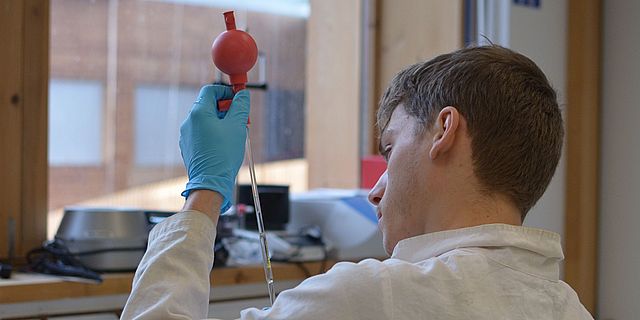Objectives of the thesis and work plan
-The main goals of the thesis are focused on the preparation and the optimisation of both LSCF and LPNO oxygen electrodes with a precise controlled composition and microstructure. For this purpose, the architecture of the electrode/electrolyte will be tuned using the ESD manufacturing technique. The new electrodes will be applied in SOCs in order to investigate the performances and the durability when operated in electrolysis modes at intermediate temperatures.
An coupled experimental and modelling approach will be considered in order to understand the underlying mechanisms of the electrodes aging (in terms of delamination and chemical stability) of both LSCF and LPNO oxygen under- and over-stoichiometric compounds in symmetric and complete cell configurations as a function of temperature, oxygen partial pressure, and polarization. Experimental and modelling approaches will be combined. Simulations at the microscopic length scale will be conducted as a guide to analyse the role of microstructure and the relationship between electrode reaction mechanisms and the degradation phenomena. In addition, LSCF or/and LPNO infiltrated by ESD in CGO backbone will be tested in order to be compared with the infiltrated ones by impregnation of a solution (in parallel, done in the consortium). More precisely, this project resides on the fabrication (low-cost ESD, SP), characterization (XRD, FIB-SEM tomography, electrochemical impedance spectroscopy) and modelling (microstructure, electrochemistry, and mechanic) triptych.
To conclude, this Ph.D. thesis aims at improving our knowledge of the degradation mechanisms which are to blame for the performance losses upon SOCs operation. Still, it will enable to propose recommendations for in-use conditions to ensure the integrity of cells while guarantying acceptable performances. This facet of the project will thus aim at proposing practical solutions for SOEC technology.
[1] Ph.D. thesis Federico Monaca, Université Grenoble Alpes, in progress.
[2] Ph.D. thesis Ozden Celikbilek, Université Grenoble Alpes 2016.
[3] Ph.D. thesis Rakesh K. Sharma, Université Grenoble Alpes 2016.
[4] Ph.D. thesis Nur I. Khamidy, Université Grenoble Alpes, in progress.
Role of the candidate:
The PhD candidate will split his/her time between the two partner teams at UGA/CNRS/LEPMI and at CEA-Grenoble/LITEN to realize the following tasks:
- Preparation of different microstructures/architectures of oxygen electrodes based on La0.6Sr0.4Co0.2Fe0.8O3-? (LSCF) and La2-xPrxNiO4+? (x=1, LPNO) and/or CGO using ESD and screen-printing.
=> The microstructure/architecture of the oxygen electrode will be selected versus the best electrochemical properties using symmetrical cells for the use in solid oxide electrolysis cells. The candidate will carry out the structural, microstructural and electrical characterization of the obtained materials by X-ray diffraction, FEG-SEM, FIB-SEM tomography, impedance spectroscopy. The 3D information obtained on electrode microstructures will feed an electrochemical analysis.
- Study and understanding of the electrodes aging (in terms of delamination and chemical stability)
=> Both LSCF and LPNO oxygen under- and over-stoichiometric compounds will be studied in symmetric and complete SOEC configurations as a function of temperature, oxygen partial pressure, polarization and time. This study aims to record the I-V and P-V curves on these complete cells, under SOEC operation, for 500 < T (°C) < 700. Experimental and modelling approaches will be combined. Simulations at the microscopic length scale will be conducted as a guide to analyse the role of microstructure and the relationship between electrode reaction mechanisms and the degradation phenomena.



